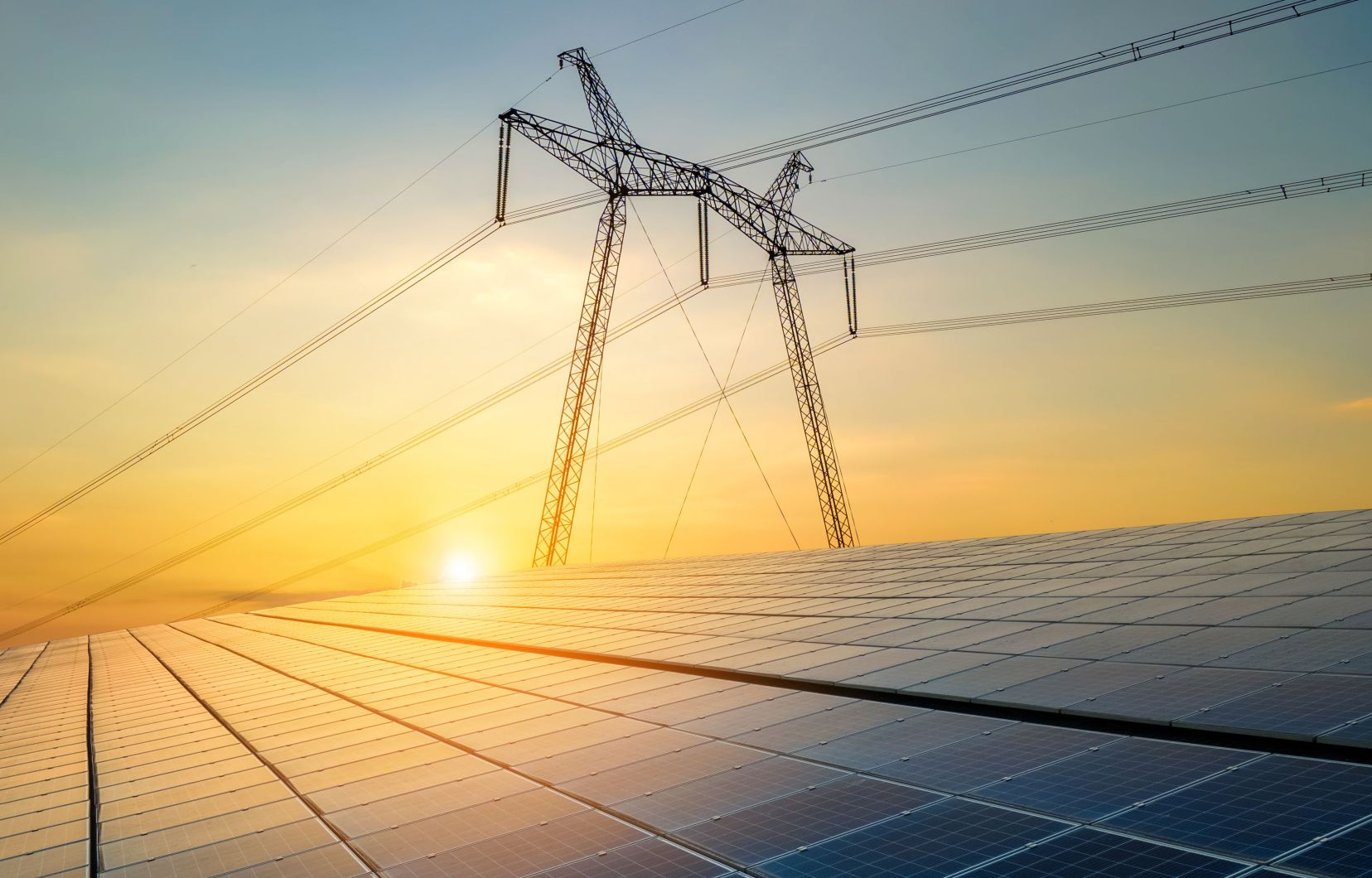This text is part of the special Energy Transition section
Electrification of transport, decarbonization of buildings, economic growth… As part of the energy transition, the demand for electricity will necessarily increase and consumption peaks will multiply. From there to having to increase the energy power of the province? Between building new expensive and energy-intensive equipment and restricting our consumption during peak periods, several experts believe that Quebec is at a time of choice.
Energy power and energy consumption are two very distinct concepts, explains Normand Mousseau, professor of physics at the University of Montreal. “Power is equivalent to the quantity of energy we need at a given time,” explains the man who is also scientific director of the Trottier Energy Institute at Polytechnique Montréal. Thus, power is calculated in watts, while energy consumption is measured in watt-hours.
This concept could be illustrated by that of a garden hose. “If the pipe isn’t bigger, you can’t have more water, no matter how much volume is available at the other end,” he explains. Currently, Hydro-Québec has an installed capacity of 37.2 GW through 61 hydroelectric power stations and 24 thermal power stations.
Knowledge of these two concepts remains essential to understand the capacity of installations to meet present and future energy needs, explains Kamal Al-Haddad, professor of electrical engineering at the School of Higher Technology. “It’s fundamental because we size the infrastructure and the distribution and transmission network according to the power,” he summarizes.
Manage peaks well
These two notions are also used to better predict and better manage peak periods that occur in winter, explains Cendrix Bouchard, spokesperson for Hydro-Québec. He recalls that a record was broken on February 3, 2023, with 43.1 GW. “A large volume at a specific time; it’s the concept of the cutting edge,” he illustrates.
These peaks, which occur for around a hundred hours per year, occur when energy needs are great, adds Mr. Bouchard. He explains that heating the living space can represent up to 80% of the daily energy use of an average Quebec household.
For Mr. Mousseau, the main challenge in Quebec, but also throughout northern North America, will be to find ways to provide energy to everyone at a time when everyone needs it simultaneously.
In order to manage this demand, Hydro-Québec is forcing the interruption of activities in certain areas of consumption, such as cryptocurrency mining, which requires a lot of energy, for a maximum of 300 hours per year. “And we can ultimately import neighboring networks in Ontario and the northeastern United States,” he adds about winter peaks. He nevertheless specifies that Hydro-Québec has the energy necessary to meet Quebec’s demand.
Time for choices
According to Hydro-Québec’s 2035 Action Plan, the state-owned company anticipates the addition of 60 TWh in energy, and therefore between 8 and 9 GW of additional power. By 2050, current consumption is also expected to double. “That corresponds to 150 to 200 TWh. It’s the equivalent of a second Hydro-Québec,” explains Mr. Bouchard.
These increases are, among other things, due to the energy transition, which notably includes the electrification of transport, the decarbonization of buildings and certain industries, in addition to the planned economic growth. He recalls that currently, approximately half of the energy used in the province is of fossil origin and emits greenhouse gases.
For Quebec, the challenge of coordinating consumption remains “major,” believes Mr. Al-Haddad. According to him, it is absolutely necessary to develop intelligent tools capable of connecting or disconnecting devices that draw energy from the Hydro-Québec network, according to needs. Thus, an electric car connected to a terminal could both recharge its battery or provide energy to the network thanks to V2G technology (Vehicle-to-grid).
For his part, Mr. Mousseau is currently working on analyzing the peak and also recommending decentralized solutions so that each building can be able to manage it independently. This would require buildings to store energy locally or be better insulated. Such an approach would reduce the consequences in the event of a Hydro-Québec outage, since these buildings could use the energy in reserve.
According to him, the big question is whether Quebec wants to equip itself with additional installations in anticipation of power peaks or restrict demand by limiting access to electricity. We could imagine that people stay in the same room for a few hours and do not heat the rest of their home, he illustrates by way of example. “We need to have this discussion. Currently, we are preparing for the worst case scenario: it will cost us a lot of money to build infrastructure that is ultimately not used very often. We must decide how much we are willing to invest. »
This content was produced by the Special Publications team at Dutyrelating to marketing. The writing of the Duty did not take part.
